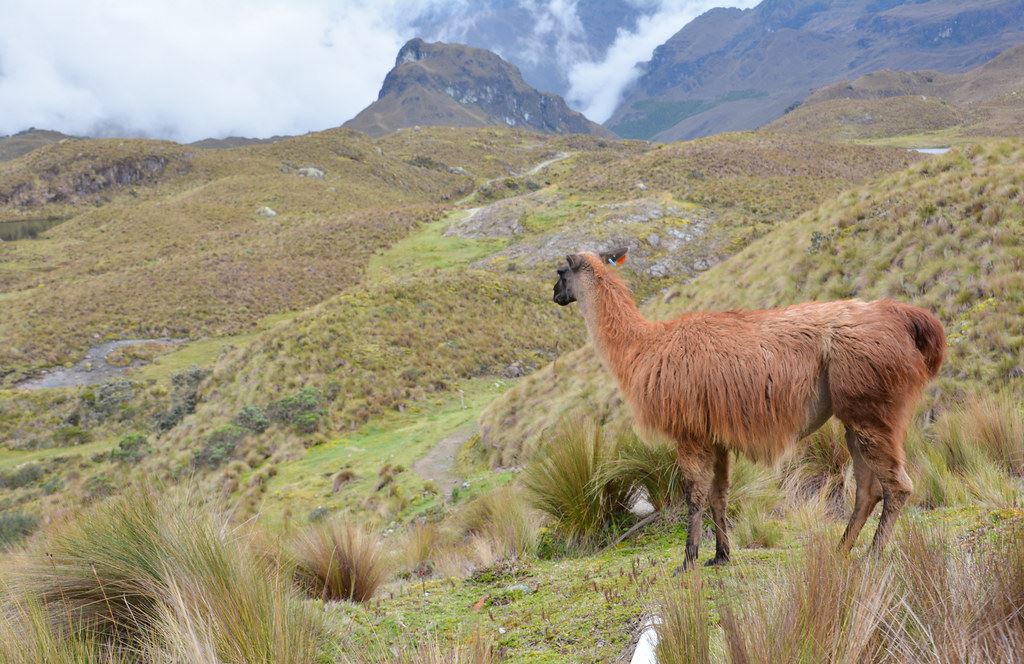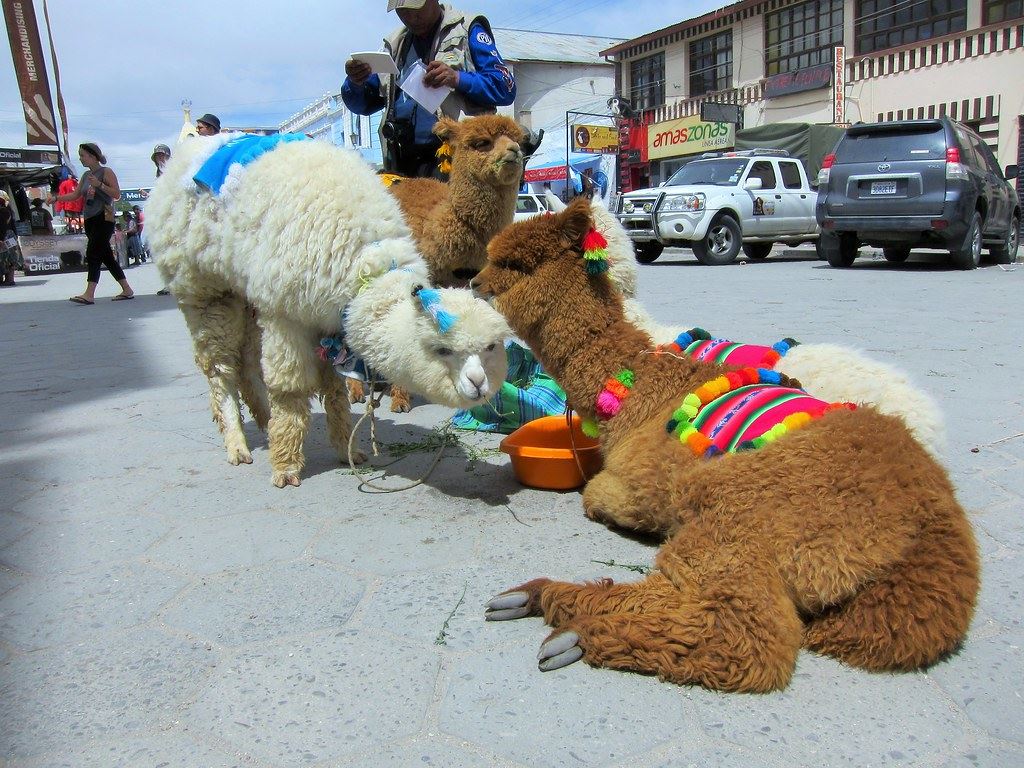


If you visit Peru, it’s inevitable. You will run into a llama. Maybe not physically actually run into, as in collide with, but you will certainly see plenty of them.
Llamas have a long history in Peru. Pre-Inca civilizations domesticated llamas, along with their close relative the alpaca between 8,000 and 3,000 BC, about the same time locals domesticated food crops (primarily staples such as corn, quinoa, and potatoes).
Section Type: standardWidthImageS
Photo - Carine06

Llamas played a major role in the development of ancient civilizations in Peru, including the Inca Empire. Before the arrival of the Spanish, Peru had few domesticated animals (alpacas provided wool and cuy provided food but there were no cows, horses, pigs, etc.), and none were as versatile as the llama. Llamas thrive in high altitudes, making them the perfect Andean companion. Steady and sure footed, llamas were mainly used for transporting up to 60 pounds of supplies through rugged terrains, making them a necessity for military campaigns (anyone who has hiked the Inca Trail or trekked around Machu Picchu can attest to the steep landscape). Through primarily used as beasts of burden, llamas have a thick coat that can be used to make yarn and meat that provides protein
Perhaps most intriguing role llamas played was in Inca religious life. The Empire appreciated and worshiped the necessities of everyday life, such mountains and the sun. Since llamas were so essential to Inca development (some experts even claim llama manure allowed farmers to grow crops in otherwise infertile areas, allowing the population to thrive in remote regions) that they were deemed worthy for frequent sacrifice. During one of the largest and most important Inca festivals, Inti Raymi, a black llama sacrifice featured prominently in the celebration, and small gold statues of llamas were frequent offerings to Inca gods.
Llamas vs Alpacas: What’s the Difference?
Llamas are part of the South American camelid family, easily distinguished from “Old World” camelids (ie: camels) by their lack of a hump. Alpacas are also part of this family, though smaller and with softer coats than the larger llamas. Though you’re likely to see llamas hanging out on the terraces of Machu Picchu and in herds across the Sacred Valley, you’re more likely to see fuzzy alpacas topped with indigenous hats and lead by leash through the streets of Cusco, a classic Cusco photo opt.
Section Type: standardWidthImageS
Photo - Mike

Alpacas are bred and prized for their soft yet extremely warm wool, coveted both in Peru and abroad. Alpacas are also a food source and frequently found on menus and dinner plates in Cusco and other Andean cities. Alpaca meat tastes slightly stronger than beef, akin to veal, and is a cultural dish worth sampling.
Llamas and alpacas are difficult to distinguish unless they’re standing side by side. Other than size, the main way to label a llama a llama is by their banana-shaped curved ears. When the two species cross-breed, the offspring is called a huarizo. South America’s two wild camelids (both found in highland Peru) are the vicuna and guanaco.
For more information, we suggest listening to the BBC Podcast a History of the World in 100 Objects, Episode 73.
Section Type: cta
Have we convinced you yet? Speak to a Destination Expert about curating a tailor made Peruvian itinerary just for you, or check out our most popular Machu Picchu & Peru tours.


Copyright © 2025 SA Luxury Expeditions LLC, All rights reserved | 95 Third Street, 2nd floor, San Francisco, CA, 94103 | 415-549-8049
California Registered Seller of Travel - CST 2115890-50. Registration as a seller of travel does not constitute approval by the state of California.










